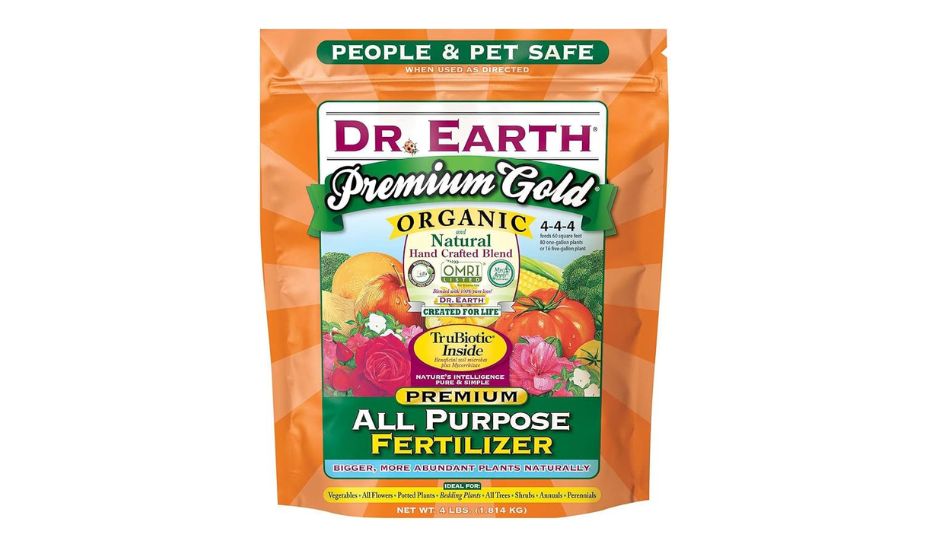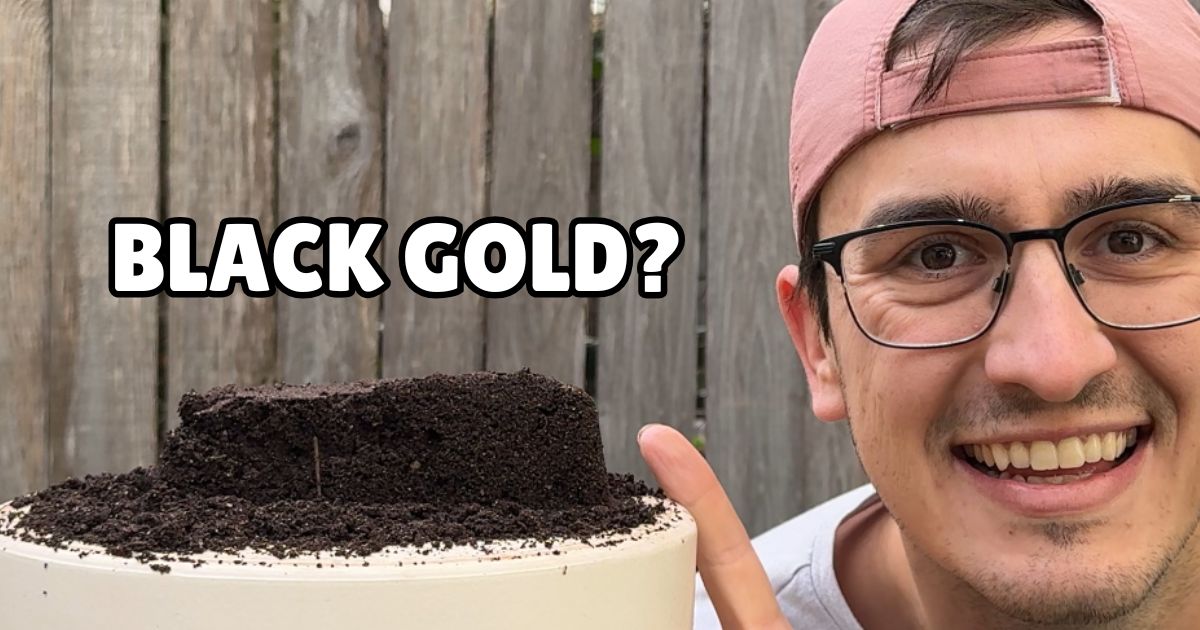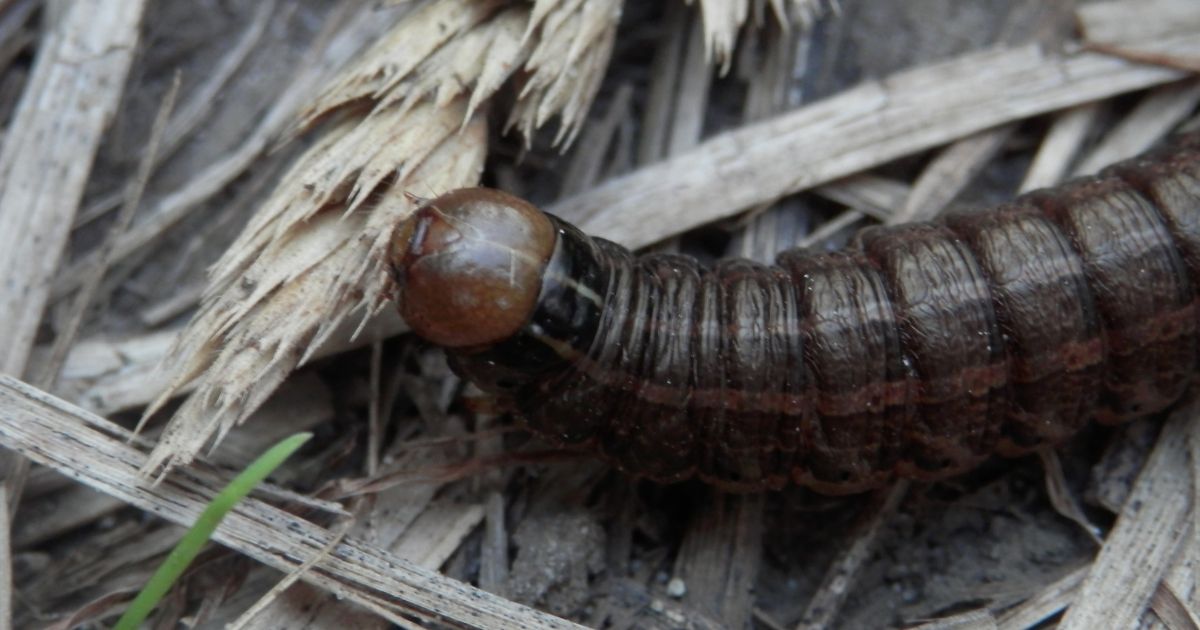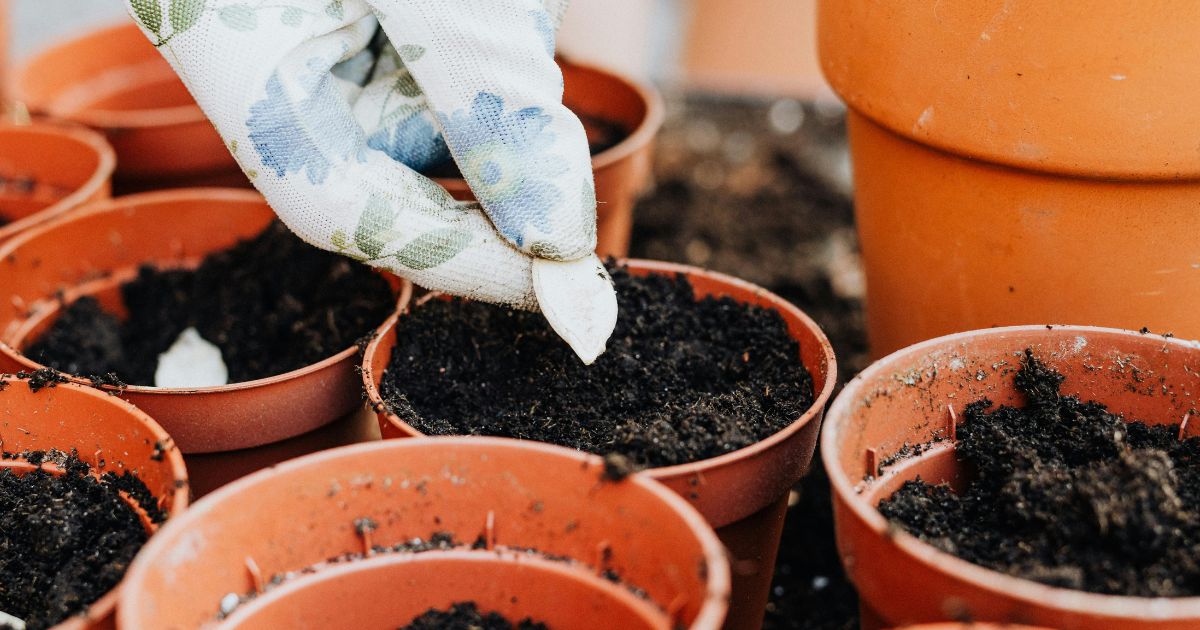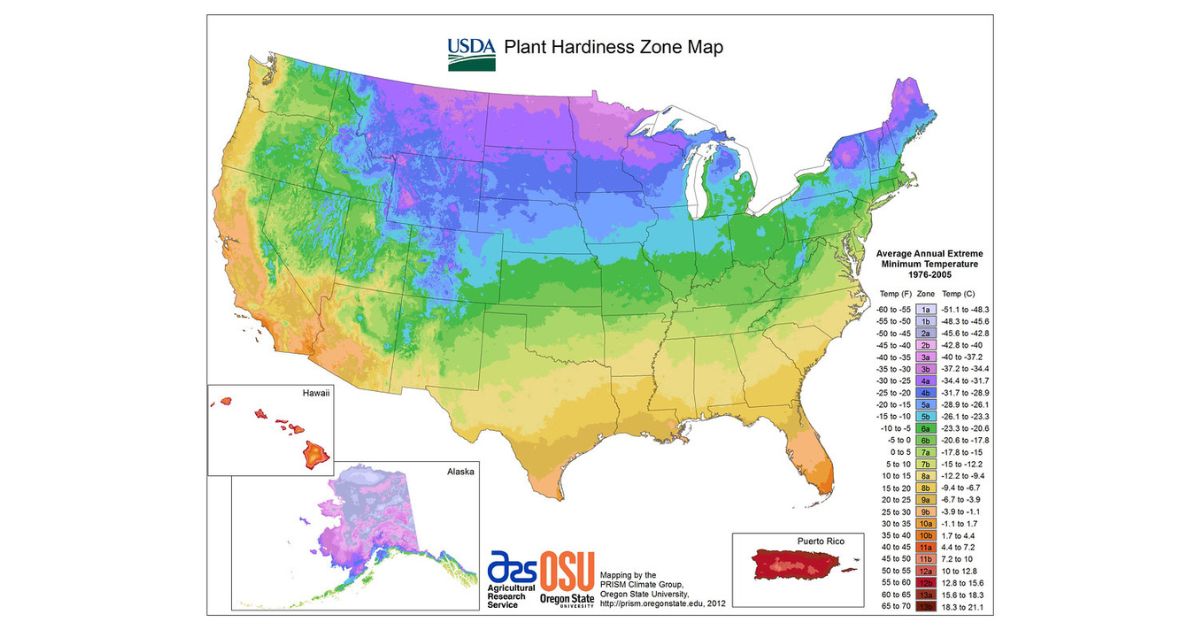
How to Determine Your Hardiness Zone For Beginners
Understanding your hardiness zone is crucial for successful gardening. It helps you select plants that will thrive in your region’s climate, ensuring a flourishing garden. In this guide, we’ll break down everything you need to know about hardiness zones, how to find yours, and how to use it to create the garden of your dreams.
What Is a Hardiness Zone?
Hardiness zones are geographic areas defined by their average annual minimum winter temperatures. These zones are used to guide gardeners in selecting plants that can survive and thrive in their local climate.
The United States Department of Agriculture (USDA) created the USDA Plant Hardiness Zone Map, which is widely used by gardeners and plant nurseries across the U.S. It divides the country into 13 zones based on temperature ranges, with each zone further divided into “a” and “b” subzones to reflect slight temperature variations.
Why Hardiness Zones Matter
- Plant Selection: Ensures the plants you choose can survive the coldest temperatures in your area.
- Seasonal Planning: Helps determine when to plant and harvest crops.
- Reduced Risk: Minimizes the risk of planting species that won’t survive extreme weather.
Steps to Determine Your Hardiness Zone
1. Use the USDA Plant Hardiness Zone Map
The USDA Plant Hardiness Zone Map is the most reliable resource for identifying your zone. Here’s how to use it:
- Visit the USDA Plant Hardiness Zone Map website (or search for it online).
- Enter your ZIP code into the search bar to find your exact zone.
- Alternatively, use the interactive map to locate your area.
2. Understand the Temperature Ranges
Each zone represents a range of average annual minimum temperatures:
- Zone 1: Below -60°F (-51°C)
- Zone 2: -60°F to -50°F (-51°C to -45°C)
- Zone 3: -40°F to -30°F (-40°C to -34°C)
… - Zone 13: 60°F to 70°F (16°C to 21°C)
Knowing your zone means you can select plants rated for that specific range or colder.
3. Check Local Gardening Resources
Local gardening organizations, agricultural extension offices, and nurseries often provide detailed information about hardiness zones specific to your area.
4. Consider Microclimates
Microclimates are small areas within your property that may have different conditions from the general region.
- Factors Influencing Microclimates:
- Proximity to bodies of water
- Urban heat islands
- Elevation differences
- Example: A south-facing garden bed may be warmer than the rest of your yard, allowing you to grow plants suited for a warmer zone.
How to Use Hardiness Zones in Gardening
1. Select Plants Based on Your Zone
Seed packets and plant labels often include a hardiness zone range. Choose plants that fall within your zone or are rated for colder zones.
2. Plan for Perennials
Perennials are plants that come back year after year. Ensure they are hardy enough to survive your winter temperatures.
3. Adjust for Annuals
Annual plants only last one growing season. While hardiness zones aren’t as critical for annuals, understanding your zone can help you plan planting and harvest times.
4. Extend Your Growing Season
If you’re in a colder zone, you can use techniques like greenhouses, row covers, or cold frames to grow plants suited for warmer zones.
5. Experiment Carefully
Want to try plants outside your zone? Choose protected microclimates or be prepared to provide extra care, such as winter mulching or bringing potted plants indoors.
Other Zone Systems Around the World
While the USDA system is widely used in the U.S., other countries have similar systems:
- Canada: Uses a similar map with additional considerations for factors like rainfall and frost.
- United Kingdom: Utilizes the Royal Horticultural Society (RHS) Hardiness Ratings.
- Australia: Employs the Australian Climate Zones system, focusing on rainfall and heat tolerance.
Challenges and Limitations
1. Climate Change
Rising global temperatures are shifting hardiness zones, making some maps slightly outdated. Be aware of recent local climate trends.
2. Extreme Weather Events
Sudden frosts, heatwaves, or droughts can still harm plants, even if they’re rated for your zone.
3. Regional Variations
The USDA zones focus solely on winter temperatures and don’t account for other factors like summer heat, humidity, or rainfall.
Conclusion
Determining your hardiness zone is a fundamental step for successful gardening. By understanding your zone and selecting plants accordingly, you can create a thriving garden that withstands the unique challenges of your climate.
With tools like the USDA Plant Hardiness Zone Map and an awareness of local conditions, you’ll be well on your way to growing a garden that flourishes year after year. Whether you’re planting vegetables, flowers, or trees, let your hardiness zone guide your choices and ensure gardening success.
